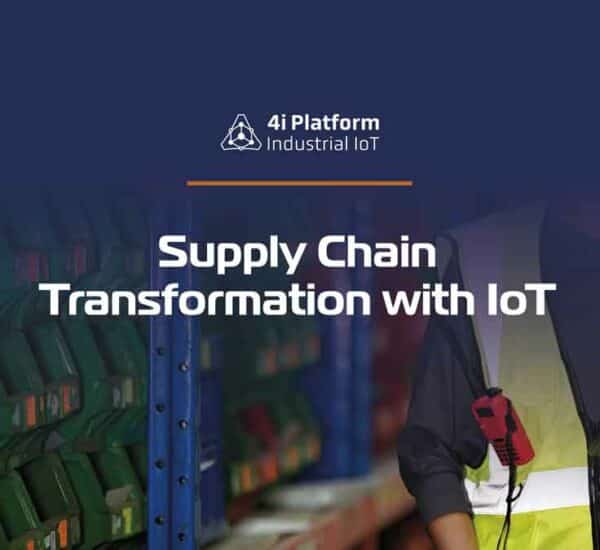Connected technology is seamlessly transitioning from our homes and offices and now into our factories, warehouses and transportation hubs; this occurrence is now known as Industrial IoT (IIoT).
Industry 4.0
In layman’s terms, the industrial internet of things (IIoT) is the use of smart sensors to help better manufacturing and industrial processes. Also known as the industrial internet or Industry 4.0, IIoT supports the power of smart machines and real-time analytics to help take advantage of the data that not so aware machines have generated in industrial settings for years.
- The industrial IoT has easily resulted in automation that has already led to a 30% boost in productivity and the adoption of flexible production techniques.
- Predictive maintenance is helping lower the cost even further by saving more than 12% on scheduled repairs and bringing breakdowns down by nearly 70%.
For example, the equipment’s operating parameters are monitored routinely by staff or automatically by sensors. Then it is analyzed and used to aid in figuring out the status of the equipment and forecast future performance or even possible failures.
Industry adopters of industrial IoT include:
- Manufacturing
- Logistics and transportation
- Energy and power production
- Oil and gas
- And agriculture
The manufacturing industry has seen the most investments by far and is the primary factor in the introduction of IIoT. In addition, manufacturers are using IoT to turn their warehouses into smart factories.
What is A Smart Factory?
A smart factory is a manufacturing or production facility that is highly digitized, a place where the systems are interconnected with each other, and data is exchanged about each part of production in real-time.
In addition, this communication flows smoothly and seamlessly between the different systems and the entire production process happens automatically without any human interference.
Multiple companies have already experienced the many advantages of traditional IoT, but the following are additional uses and benefits of Industrial IoT in six significant areas:
Predictive Maintenance and Industrial IoT
Predictive maintenance for industry 4.0 is a method of preventing asset failure by properly analyzing production data to help identify patterns and predict issues before they happen.
Organizations are implementing predictive maintenance analytics in a variety of ways, from targeted solutions for a single machine part, to factory-wide deployments for steadily increasing OEE throughout the production line.
Predictive Maintenance initiatives saved organizations $17B in 2018. The market for Predictive Maintenance solutions in 2018 has reached $3.3B and is forecasted to grow at 39% to $23.5B by 2024.
Condition-based Maintenance
Combining IIoT sensors with manufacturing equipment gives way for condition-based maintenance alerts. These sensors record for example temperature, speed, and pressure conditions in the working environment, the composition of materials used, and the impact working conditions have had or may have on the product. All this information is truly beneficial to quality control.
Equipment can take great damage over time, so having IoT sensors that can actively monitor every factors that could be causing problematic operating conditions is helpful in facility management.
By easily establishing this kind of conditional awareness of machinery conditions, manufacturers can reduce costs, increase operational efficiency, conserve energy and reduce machine downtime.
Real-Time Data
Industrial IoT solutions give way for real-time availability of supply chain data. Furthermore, they make it easier to track products and supplies, as well as spot slowdowns and inefficiencies.
As a result, by connecting plants to suppliers, all parties involved within the supply chain can trace material flow and manufacturing cycle times.
These solutions can also track operational data to original equipment manufacturers and field engineers which gives operation managers an opportunity to regulate factory units remotely and take advantage of process automation and optimization.
Error Prevention
IoT applications help lower and often even prevent errors in inventory management and production flow. Software allows companies to monitor events across the supply chain.
Users receive notifications of essential changes from the set plan as well as updates. This enables visibility across many channels and provides managers with realistic measures and estimates for materials.
Moreover, the processes in production lines can also be monitored using industrial IoT in almost real-time. It can recommend adjustments in operations for better management of operational cost and even point out lags in production. These solutions help prevent slowdowns and decrease costs by getting rid of waste and unneeded work.
Conclusion
The growth of industrial IoT is bringing the factory of the future into reality. Materials handling, manufacturing, product distribution, and supply chain management will all continue to be automated in the years to come.
By embedding connected systems, devices, and sensors into business processes, organizations are now able to improve existing operations, as well as produce more effective business models.





